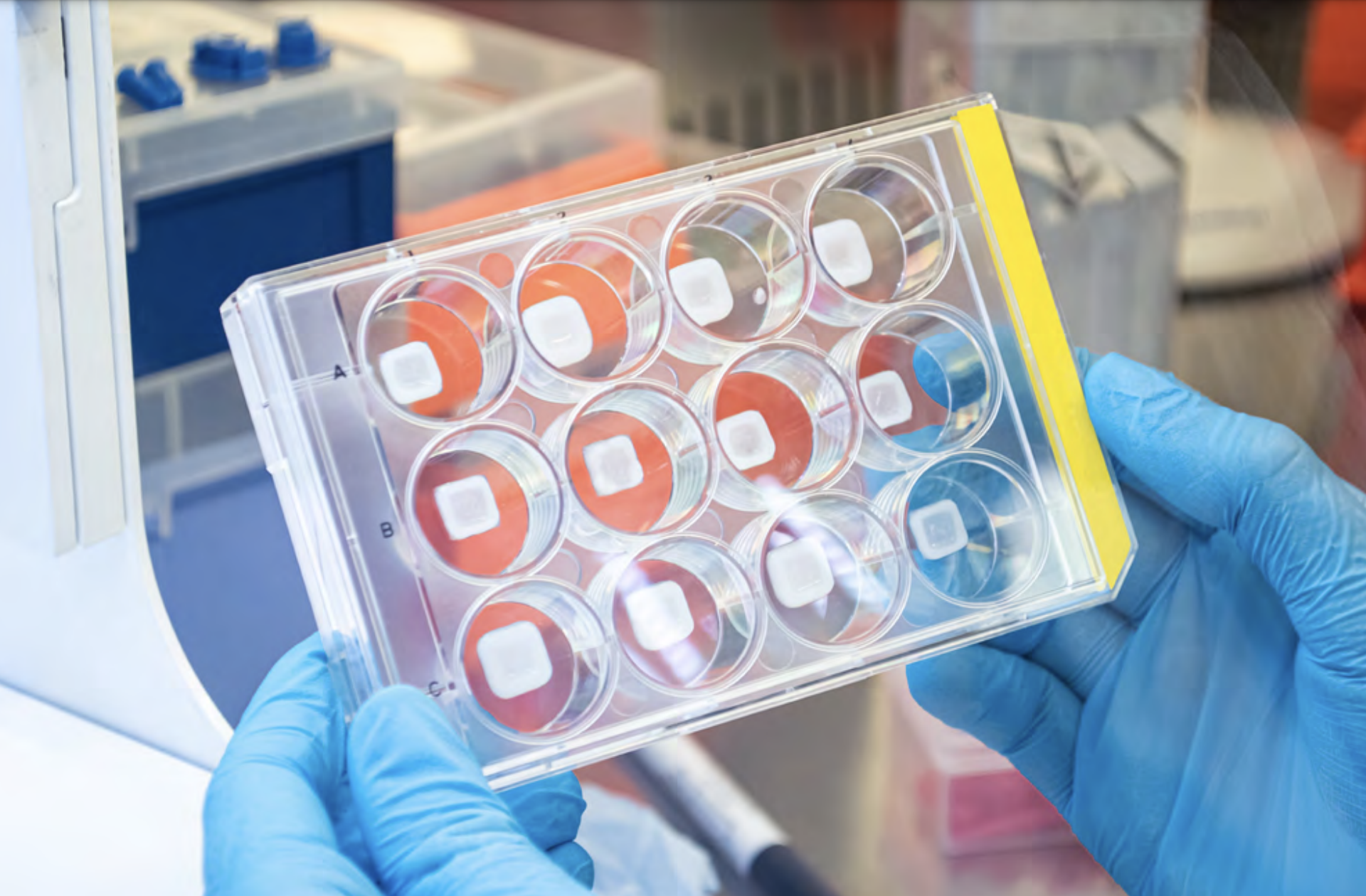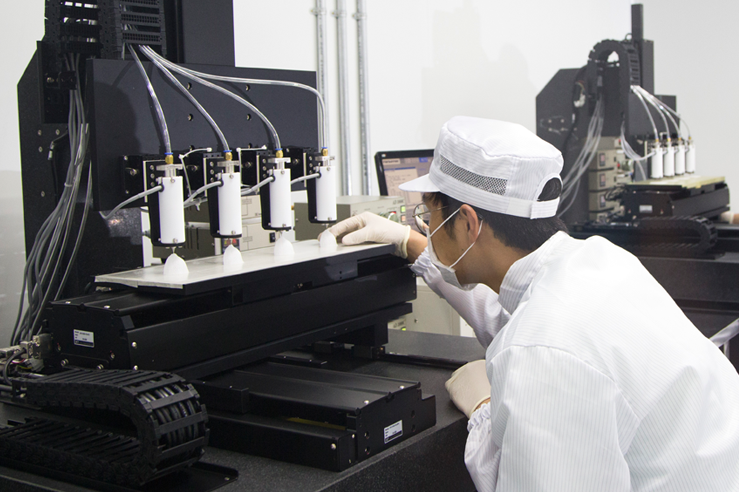Regenerative medicine specialist CTIBiotech has partnered with pharmaceutical firm Gattefossé to develop 3D bioprinted skin chips that enable the patient-specific modeling of skin diseases.
By assessing a tissue’s sebum levels, the oily substance in human tissues that helps our skin barrier to function, the lab-on-a-chip devices are able to non-invasively model the skin diseases of patients. Using their chips, the firms say it could now be possible to establish a more direct link between lab data and human research, and develop more efficient cosmetic treatments.
“Bioimpedance has long been used in our bathroom scales and by dieticians to understand general body composition. Application of this to skin is a natural advance on this,” explains Prof. Colin McGuckin, President and CSO of CTIBiotech. “We advanced our 3D printed full thickness skin models with an integrated bioimpedance chip connected to monitor changes. Linking cosmetics screening in this way advances faster towards human tests.”

Targeting patient-specific skin modeling
Sebum is essentially a complex mixture of lipids, the multifunctional molecules that form the building blocks of the human body. When it comes to maintaining our skin barrier, the molecules secreted by sebocytes and deposited in the stratum corneum (the outermost layer of the epidermis), are considered critical. As such, disrupting sebum production is heavily linked to the development of acne or atopic dermatitis, as well as oily or dry skin conditions.
However, while scientists understand the molecule’s role in the body, they haven’t yet managed to draw a straight line between sebum disruption and skin disease in specific patients. To rectify this, CTIBiotech and Gattefossé say more predictive testing is required that links lab testing to humans, as the former “often fails because of no proper translational readouts.”
Working together, the firms have sought to establish this lab-human data link through the creation of a 3D bioprinted model based around ‘bioimpedance.’
“Full thickness skin models containing sebocytes have reproducible oil production, and remarkably this is characterized by significant changes in bioimpedance,” adds Bechetoille. “Bioimpedance, linked to the sebum production, thus proves to be an in-vitro non-invasive proper parameter and measurable in real-time, to design ever more predictive and effective testing.
“3D MODELS DESCRIBED HERE AND LINKED WITH A SIMPLE CHIP SYSTEM, ACCURATELY MIRROR CHANGES WITHIN SKIN MODELS AS ON LIVE DONORS.”

Treating skin disorders with 3D printing
CTIBiotech is now one of many 3D bioprinting firms and research groups seeking to use the technology to advance the development of skin disease diagnostic tools. As long ago as 2020, T&R Biofab and HK inno.N unveiled plans to test new autoimmune and skin disorder drugs on a 3D bioprinted human skin model.
Elsewhere in Korea, Pohang University of Science and Technology (POSTECH) and Pusan National University have also developed 3D printed diabetic skin disease models. Leveraging the tissues, the companies aimed to establish the efficacy of various diabetes medications, and create a future replacement for animal testing in the medical and cosmetics industries















































